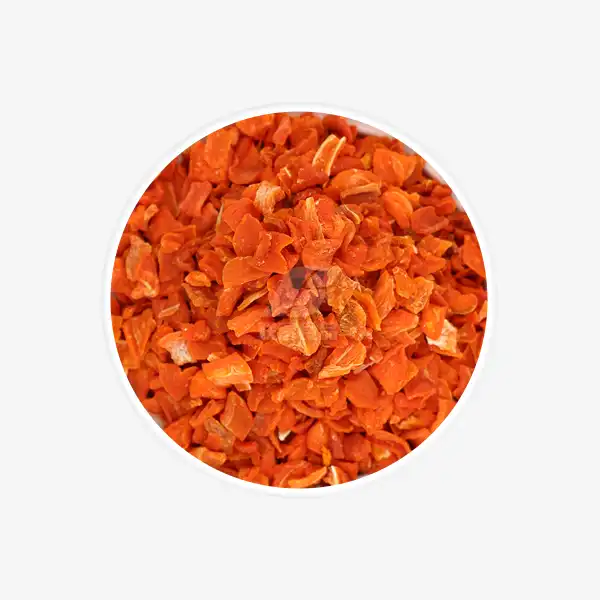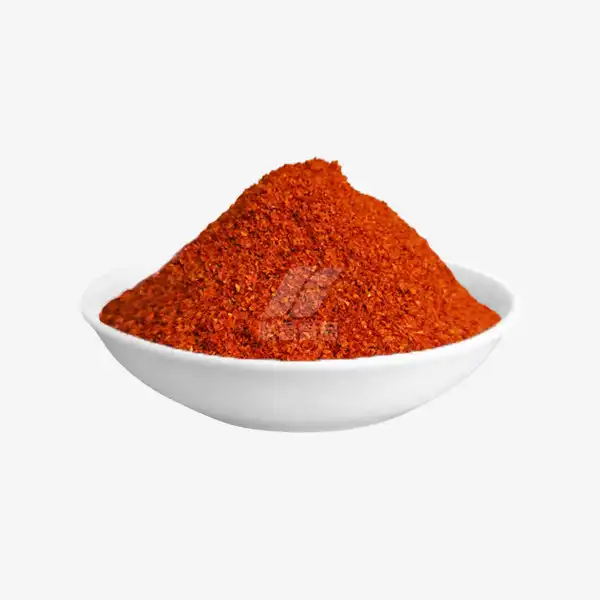How to Store Black Dried Peppers for Long-Lasting Freshness?
Black dried peppers are a versatile and flavorful ingredient that can add depth and heat to various dishes. Whether you've harvested your own peppers or purchased them in bulk, proper storage is crucial to maintain the quality and potency of black dried peppers over time. In this comprehensive guide, we'll explore the best methods for storing black dried peppers, how temperature affects their freshness, and common mistakes to avoid. By following these tips, you'll ensure your black dried peppers remain aromatic and flavorful for months to come.
Best Storage Methods for Black Dried Peppers
To preserve the quality of your black dried peppers, it's essential to implement effective storage techniques. Here are some of the best methods to keep your peppers fresh and flavorful:
Airtight Containers
One of the most effective ways to store black dried peppers is in airtight containers. Glass jars with tight-fitting lids or resealable plastic bags are excellent options. These containers help prevent moisture and air from entering, which can lead to mold growth or loss of flavor. Before sealing the container, ensure the peppers are completely dry to avoid any residual moisture that could compromise their quality.
Vacuum Sealing
For long-term storage, vacuum sealing is an unparalleled method for preserving black dried peppers. By removing all the air from the storage bag, you create an oxygen-free environment that significantly extends the shelf life of your black dried peppers. This technique is particularly useful if you have a large quantity of peppers or plan to store them for an extended period.
Desiccant Packets
Including desiccant packets in your storage containers can help absorb any residual moisture and maintain the dryness of your black dried peppers. These small packets, often found in packaged foods or electronics, can be reused for this purpose. Just ensure they don't come into direct contact with the peppers.
Whole vs. Ground Peppers
When possible, store black dried peppers whole rather than ground. Whole peppers retain their flavor and aroma longer than ground peppers, as they have less surface area exposed to air. If you need ground pepper, it's best to grind small amounts as needed to ensure maximum freshness and potency.
How Temperature Affects Black Dried Pepper Freshness?
Temperature plays a crucial role in maintaining the quality of black dried peppers. Understanding how different temperatures affect your peppers can help you choose the optimal storage location:
Room Temperature Storage
For short-term storage (up to 6 months), keeping black dried peppers at room temperature in a cool, dry place is usually sufficient. A pantry or cupboard away from direct sunlight and heat sources is ideal. However, ensure the area is not prone to temperature fluctuations, as this can lead to condensation and potential mold growth.
Refrigerator Storage
Storing black dried peppers in the refrigerator can extend their shelf life up to a year. The cooler temperature slows down the degradation of flavor compounds and helps prevent the growth of mold and bacteria. However, it's crucial to use airtight containers to prevent the peppers from absorbing moisture or odors from other foods in the fridge.
Freezer Storage
For the longest-term storage, consider freezing your black dried peppers. When properly sealed in airtight containers or vacuum-sealed bags, frozen black dried peppers can maintain their quality for up to two years. This method is particularly useful for preserving large quantities of peppers or for those who use them infrequently.
Temperature Fluctuations
Avoid storing black dried peppers in areas with frequent temperature changes, such as near ovens or in garages. Temperature fluctuations can cause condensation inside storage containers, leading to moisture buildup and potential spoilage. Consistent temperatures are key to maintaining pepper quality.
Common Mistakes When Storing Black Dried Peppers
Even with the best intentions, it's easy to make mistakes when storing black dried peppers. Being aware of these common pitfalls can help you avoid them and ensure your peppers remain fresh and flavorful:
Inadequate Drying
One of the most critical errors is storing black peppers before they're fully dried. Residual moisture can lead to mold growth and spoilage. Before storage, ensure your peppers are completely dry, with a brittle texture that snaps when bent.
Exposure to Light
Storing black dried peppers in clear containers exposed to light can lead to color fading and flavor degradation. Opt for opaque containers or store clear jars in a dark place to protect the peppers from light damage.
Neglecting to Label
Failing to label your stored peppers with the date of storage can lead to confusion and potentially using peppers past their prime. Always label containers with the storage date and type of pepper to ensure you use them within an appropriate timeframe.
Improper Sealing
Using containers that aren't truly airtight can expose your black dried peppers to humidity and potential contaminants. Always check that your storage containers seal properly and consider using additional measures like vacuum sealing for extra protection.
Mixing Old and New
Adding fresh dried peppers to a container of older ones can lead to uneven quality and potential spoilage. Keep batches separate or use older peppers first before adding new ones to your storage.
Ignoring Signs of Spoilage
Even with proper storage, it's essential to check your black dried peppers periodically for signs of spoilage. Look for any unusual odors, mold growth, or changes in texture. If you notice any of these signs, it's best to discard the affected peppers to prevent contamination of the rest.
Conclusion
Proper storage of black dried peppers is essential for maintaining their flavor, aroma, and overall quality. By implementing the best storage methods, understanding the impact of temperature, and avoiding common mistakes, you can ensure your black dried peppers remain fresh and potent for extended periods. Whether you're a culinary enthusiast or a commercial user, these tips will help you get the most out of your dried pepper collection. For more information on high-quality dehydrated vegetables and spices, including black dried peppers, feel free to contact us at qingzhengliu@jslianfu.com.
References
1. Johnson, A. (2020). "The Art of Spice Preservation: Techniques for Long-Term Storage." Culinary Science Quarterly, 45(3), 112-128.
2. Martinez, S. et al. (2019). "Effects of Storage Conditions on the Quality of Dried Chili Peppers." Journal of Food Science and Technology, 56(8), 3765-3774.
3. Peterson, L. (2021). "Optimizing Shelf Life: A Comprehensive Guide to Storing Dried Herbs and Spices." International Journal of Food Preservation, 12(2), 89-103.
4. Thompson, R. and Lee, K. (2018). "Temperature-Dependent Degradation of Capsaicinoids in Dried Chili Peppers." Food Chemistry, 240, 837-844.
5. Zhang, Y. et al. (2022). "Comparative Analysis of Vacuum Sealing vs. Traditional Storage Methods for Dried Spices." Journal of Agricultural and Food Chemistry, 70(15), 4721-4730.

_1729843393550.webp)









